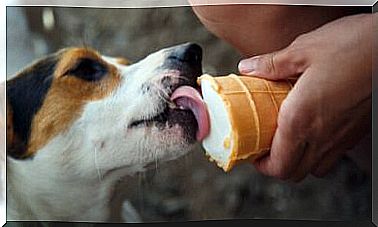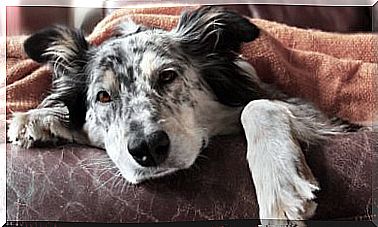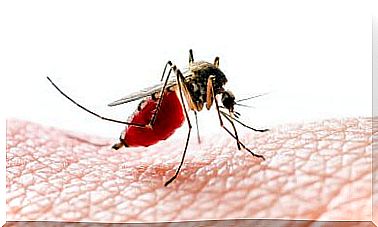Health Problems Associated With Obesity In Dogs And Cats
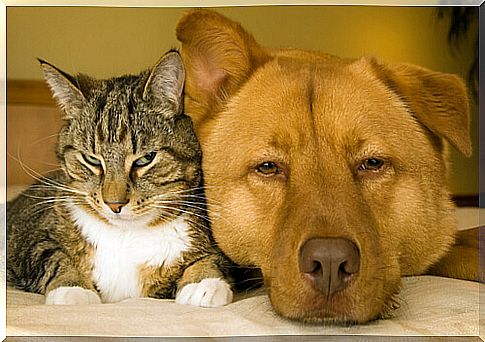
Obesity in dogs and cats caused by an imbalance in their diet does not have many symptoms, apart from gaining weight. Even so, an obese pet may have a dull coat, dull eyes, diarrhea, or constipation. It is also very common for them to suffer from fatigue and low energy levels.
It is important to note, however, that if you notice changes in your pet, you should not assume that it is part of his ‘normal’ state of obesity. Obesity can be associated with a list of conditions that can be serious. Make sure a vet checks it out.
Obesity in dogs can be a sign of thyroid malfunction
Obesity can sometimes be caused by thyroid gland problems. Remember that the hormones that control the rate of body metabolism are produced in this gland.
When the gland produces too few hormones – underactive thyroid – the condition is called hypothyroidism. The only way to diagnose hypothyroidism is to have your vet run some blood tests.
Hypothyroidism is most often seen in middle-aged to older dogs of medium to large breeds. But any dog of any size or age could have it, while hypothyroidism is very rare in cats.

Symptoms of hypothyroidism
When the metabolic rate decreases, practically every organ in the body is affected. Most hypothyroid dogs have one or more of the following signs:
- Greater weight without increased appetite and increased blood cholesterol levels.
- Decreased heart rate, lethargy, and lack of desire to exercise.
- Dry and dull hair with excessive shedding. Hair may not grow back after cutting or shaving. Cold intolerance is also common.
- Skin changes : May cause itching and increase dark pigmentation in the skin.
- Increased susceptibility and occurrence of skin and ear infections.
Diabetes
Rapid weight gain can be a symptom of diabetes in dogs, but it can also be sudden weight loss! Diabetes is a disease without a cure, which can affect dogs and cats. It is estimated that 1 in 100 dogs that reaches the age of 12 will develop diabetes. In cats it is estimated that between 1 in 50 and 1 in 500 will develop this disease.
Diabetes mellitus occurs when your dog or cat has stopped producing insulin, has inadequate insulin levels, or has an abnormal response to insulin.
The influence of the races
Certain dog breeds also experience higher than average rates of diabetes. These include: toy poodle, terrier, cocker spaniel, dachshund, doberman, pinscher, german shepherd, labrador retriever, and golden retrievers.
In cats, diabetes mellitus is more common in overweight cats. Certain breeds, such as Siamese cats, experience a higher than average rate of diabetes.
Other symptoms of diabetes mellitus
- Increased urination : your dog or cat wants to go out often, has accidents and urinates outside the usual area.
- Drink lots of water : You need to fill the water bowl more often than before or notice that your cat or dog drinks from unusual places, like the toilet.
- He is always hungry : he never seems to have enough; is always begging for food.
- Sudden weight loss
- Eyes appear cloudy : this sign is only present in dogs.
- The coat has deteriorated : your cat has stopped grooming itself and the coat becomes dry and dull.
- Lethargy : sleeps more or is less active.
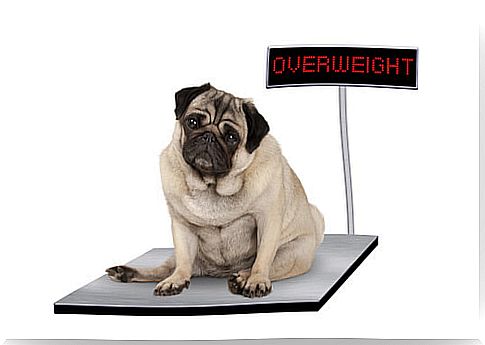
There are other diseases related to obesity in dogs and cats
As the obesity epidemic in dogs and cats continues unabated, the incidence of painful and debilitating diseases is increasing. Thus, in obese pets it is more common to suffer from osteoarthritis, cystitis or urinary tract disease, hepatitis, chronic kidney disease and congestive heart failure.
It is common for different conditions to have one, if not several, symptoms in common. Therefore, to obtain an accurate diagnosis, you should have your pet examined by your veterinarian, who will perform the necessary tests to get to the root of the problem.
